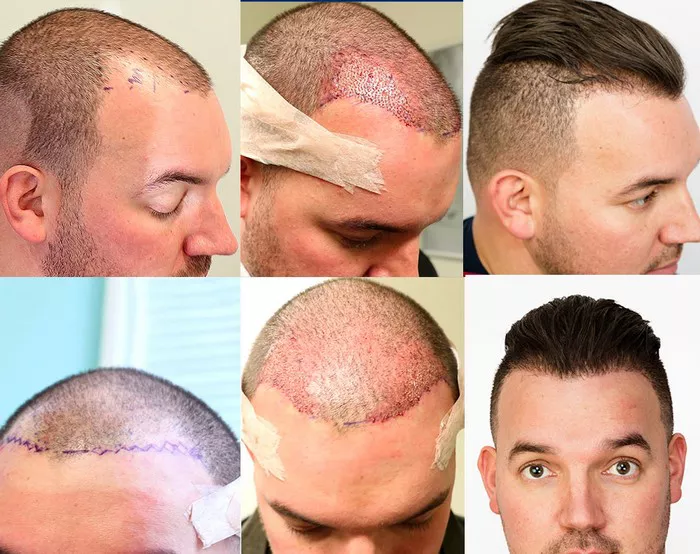For individuals considering a hair transplant, one of the primary concerns is often the perceived pain associated with the procedure. Understanding the reality of pain during a hair transplant is crucial for those seeking to make informed decisions about this transformative process.
Preoperative Measures: Ensuring Comfort from the Start
Before delving into the intricacies of pain during a hair transplant, it’s essential to highlight the preoperative measures that contribute to patient comfort. Prior to the procedure, patients are typically administered a local anesthetic to numb the donor and recipient areas. This local anesthesia ensures that patients do not experience pain during the extraction of hair follicles from the donor site or their transplantation into the targeted areas.
The administration of local anesthesia is a standard practice in hair transplantation, and advancements in medical techniques have significantly reduced discomfort during this initial stage of the procedure. Patients can rest assured that they will be well taken care of in terms of pain management from the very beginning.
During the Procedure: A Mostly Painless Experience
Contrary to common misconceptions, the majority of patients report that the hair transplant procedure itself is relatively painless. The use of local anesthesia plays a pivotal role in minimizing any potential discomfort. While patients may feel a mild sensation during the injection of the anesthetic, the subsequent stages of the procedure, including the extraction and transplantation of hair follicles, are typically pain-free.
Surgeons and their teams are highly skilled in ensuring the comfort of their patients throughout the process. The use of precision tools and techniques, coupled with the effects of local anesthesia, contributes to a largely painless experience. Patients often describe feeling pressure or tugging during the procedure, but this should not be mistaken for pain.
Postoperative Discomfort: Managing Expectations
After the hair transplant procedure is completed, some patients may experience mild discomfort or soreness. This is a normal part of the healing process and is usually managed with prescribed medications provided by the surgeon. It’s important to note that any postoperative discomfort is temporary and tends to subside within a few days.
Patients are advised to follow postoperative care instructions diligently to minimize discomfort and promote optimal healing. This may include instructions on medication, cleaning the transplanted area, and avoiding activities that could potentially impact the newly transplanted hair follicles.
Individual Variations: Factors Influencing Pain Perception
While the vast majority of individuals report minimal pain during and after a hair transplant, it’s essential to acknowledge that pain perception varies from person to person. Factors such as individual pain tolerance, anxiety levels, and overall health can influence how a person experiences the procedure.
Open communication with the surgical team is crucial in tailoring the experience to the patient’s needs. If a patient has concerns about pain or experiences discomfort during the procedure, they should feel empowered to communicate this to the surgical team. Surgeons are committed to ensuring a positive experience for their patients and may make adjustments or provide additional pain management measures as needed.
Advancements in Technology: Minimizing Discomfort
As technology in the field of hair transplantation continues to advance, new tools and techniques are being developed to further minimize discomfort during the procedure. Robotic-assisted hair transplantation, for example, allows for precise and efficient follicle extraction, reducing the time required for the procedure and, consequently, minimizing any potential discomfort for the patient.
Moreover, research and development in the field of anesthesia contribute to the ongoing improvement of pain management strategies. Surgeons and their teams stay abreast of these advancements to provide their patients with the most comfortable and effective experience possible.
See Also: Does The Transplanted Hair Grow: Hair Transplant Recovery
Conclusion: Making Informed Decisions
In conclusion, the perception of pain associated with hair transplants is often exaggerated, and the reality is that the procedure is generally well-tolerated by patients. The use of local anesthesia, coupled with the skill and precision of surgical teams, ensures that the process is as painless as possible.
As with any medical procedure, individual experiences may vary, but the discomfort associated with a hair transplant is typically minimal and temporary. By understanding the preoperative measures in place, the largely pain-free nature of the procedure itself, and the postoperative care available, individuals can make informed decisions about pursuing a hair transplant to restore their confidence and achieve a fuller head of hair.


